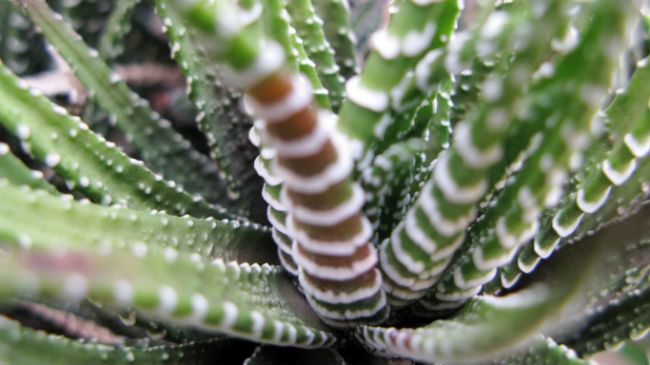
It’s ok to veer off from the pack with a certain brand or ingredient, but know that there are some staple ingredients (and sometimes brands that tend to keep them as top ingredients”> that can make or lack thereof break your hair. It’s time to find out what to look for in the ingredients list of your products when it comes to what you are putting on your hair. Of course, water is essential for most, if not every product in your regimen, but here are some heavy hitters that should follow shortly after.
Cleansers
Botanicals
These are plant or plant derivatives that are full of medicinal or therapeutic properties to aid in cleansing and conditioning your tresses. In shampoos they aren’t as effective. Although they seem appealing in regards to using a natural product, the surfactants in shampoos merely negate the botanicals, and if they rank low on the ingredients list then they are almost completely useless. It’s a little different with cleansing conditioners, as they have extremely gentle surfactants or little to no detergent in them, so there’s no reducing the effectiveness of the botanicals.
Essential oils
Essential oils stand out from carrier oils due to their small molecular sizes. For centuries they have been used to cure illnesses and ailments and are great for sprucing up a shampoo or cleansing conditioner. They are amazing for scalp issues and even aid in cleansing your hair like tea tree oil, peppermint oil, or even eucalyptus oil. They are great for fragrance and are often used in that capacity for products.
Conditioners
Carrier oils
Base oils or vegetable oils are derived from seeds or nuts. They are great for moisturizing and nourishing your strands. The most popular and most favored by naturals tend to be olive oil, coconut oil, jojoba oil, castor oil, and avocado oil. They are great for sealing moisture in your hair. Mixing a few drops with an essential oil will give you double the properties at helping your hair.
Glycerin
Highly concentrated and non-toxic glycerin is a humectant that will help moisturize your hair and mixes well with other water-soluble ingredients. Glycerin pulls moisture from the air to keep your tresses moisturized. Want to get the most out of this ingredient? Deep condition your hair with a plastic cap and hooded dryer or steamer.Protein
Our hair is comprised of 70% keratin protein and stored in our hair’s innermost layer, the medulla. Not all proteins are the same or offer the same benefits, but protein in conditioners are a great way to add strength and structure to your strands, especially in damaged hair. Too much protein isn’t great either, as it can make your hair brittle or even cause breakage so it shouldn’t be used as often as a regular conditioner. Some proteins include hydrolyzed quinoa, hydrolyzed keratin, and hydrolyzed collagen.
Fatty Alcohols
Not all alcohols are bad or cause dryness and breakage. Fatty alcohols like cetearyl alcohol or isocetyl alcohol function as emollients and provide lubricity to your strands.
Stylers
Silicones
Most curlies and naturals have a love/hate relationship with silicones. While they offer a great benefit to your tresses like shine and manageability, they tend to leave a build-up that’s unpleasing to work with when it comes to wash day. Just like alcohol, the curly must determine if she wants them in her styling product. A popular water soluble silicone to look for is PEG-8 dimethicone.
Conditioning Agents
These are great for combating stickiness, dry flaking, and making the hold feel better. When it comes to styling aids, less is more and most curlies want hold but not at the price of weighing down their curls or with the result of flakes. Adding an oil to the palm of your hands with your styling product will help make it smoother and combat dryness and flakes, so always remember you can spruce up any product to give you better results. Some conditioning agents include propylene glycol, cetrimonium chloride, and stearamidopropyl dimethylamine.
